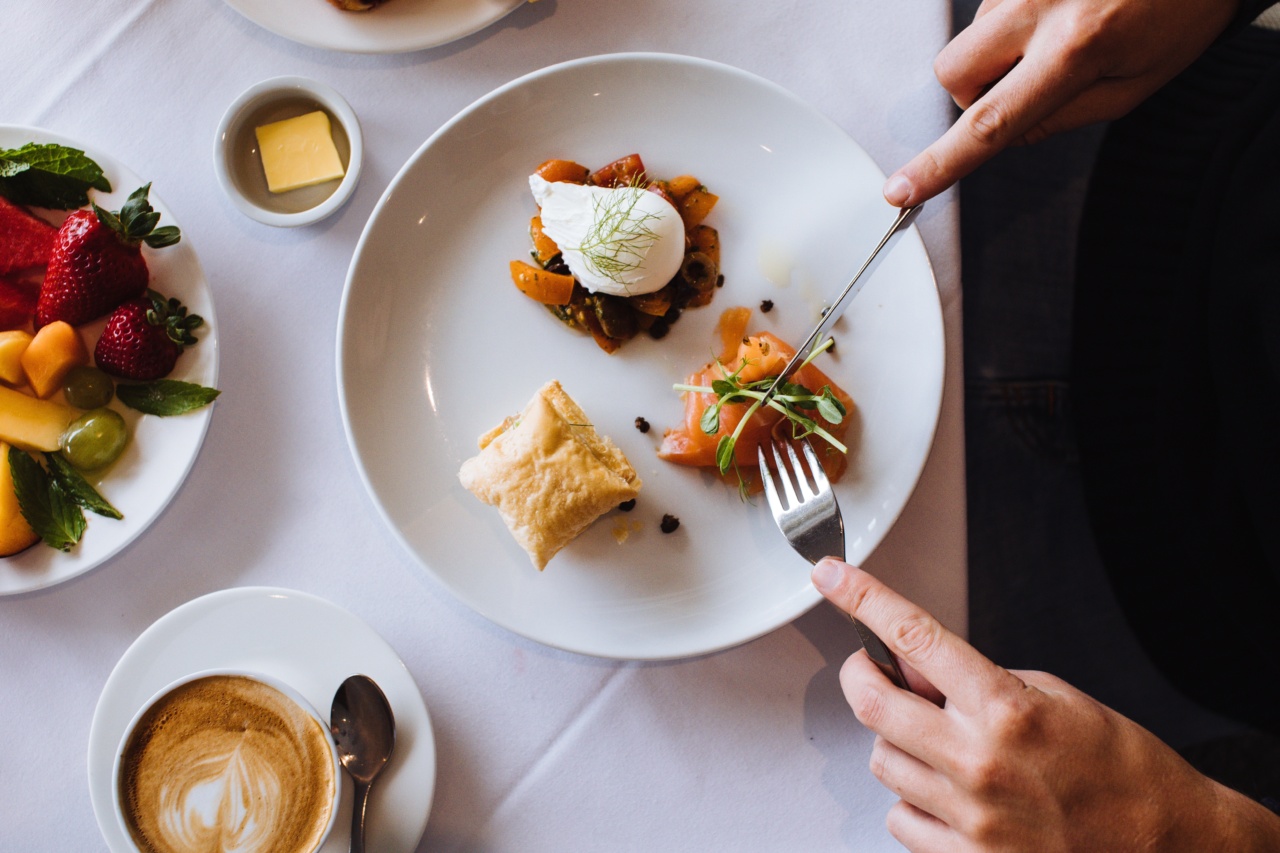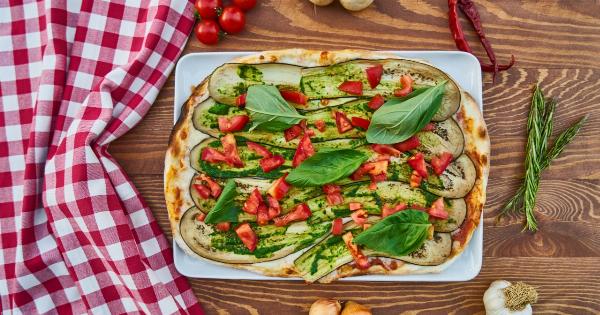Have you ever thought about how something as small as the fork can have a big impact on your eating habits? The truth is, the fork is an important tool to help control portion sizes and promote mindful eating.
Good eating habits start with the decisions we make on what and how much we eat, and the fork can be a helpful guide along the way.
Portion Control
One of the biggest challenges when it comes to maintaining a healthy diet is portion control. We tend to underestimate the amount of food we eat, and this can lead to overeating and weight gain over time.
Using a smaller fork can help trick your mind into thinking you are eating more than you actually are. The smaller utensil creates the illusion of a fuller plate, leading to more satisfaction with less food.
Mindful Eating
Mindful eating is the practice of paying attention to the present moment and being fully engaged in the act of eating.
By using the fork as a tool to slow down and savor each bite, we can develop a greater appreciation for the taste and texture of our food. Mindful eating helps prevent overeating by allowing us to tap into our body’s natural hunger cues, leading to a healthier relationship with food.
Eating Slowly
Eating too quickly can lead to overeating and indigestion. Using a fork to take slow, deliberate bites can help pace your meal and prevent you from mindlessly consuming more than you need.
Pay attention to your hunger and fullness cues, and take breaks between bites to give your brain time to register that you are getting full.
Fork-Friendly Foods
Some foods are just easier to eat with a fork than others. By choosing these foods more often, we can make healthy eating habits more accessible and sustainable. Some examples of fork-friendly foods include:.
- Salads
- Stir-fries
- Grilled vegetables
- Casseroles
- Lean proteins, such as chicken and fish
Alternatives to the Fork
While forks are certainly a valuable tool for promoting good eating habits, they are not the only option. Spoons, knives, and even chopsticks can also be effective in controlling portion sizes and promoting mindful eating.
These utensils offer a different sensory experience and can help break up habitual eating patterns.
Making Small Changes
When it comes to creating healthy eating habits, it’s important to start small and make gradual changes over time. By using the fork as a guide and focusing on mindful eating, we can create a healthy relationship with food that lasts a lifetime.
Remember, good eating habits start from the fork!.
Cooking Tips
Cooking food the right way is essential in maintaining the health benefits. Some cooking tips for healthy eating include:.
- Use less oil or no oil which is good for the heart.
- Choose for boiled, roasted, grilled or baked food which reduces the chances of diseases.
- Avoid fried and fatty food which adds to the cholesterol and calories of the food.
- Include more of fresh fruits and vegetables for a good supply of vitamins and minerals.
- Whenever possible, use natural sweeteners like honey, jaggery, and Dates for a healthier and better taste.
- Cut down excess salt to avoid elevated blood pressure.
- Stay hydrated – Drink enough water throughout the day.
Conclusion
The fork is a small tool that can have a big impact on our eating habits. By using it to control portion sizes, promote mindful eating, and slow down our meals, we can develop a healthier relationship with food.
Remember to choose fork-friendly foods, experiment with different utensils, and make small changes over time. Good eating habits start from the fork, but they can lead to a lifetime of health and wellness.





























